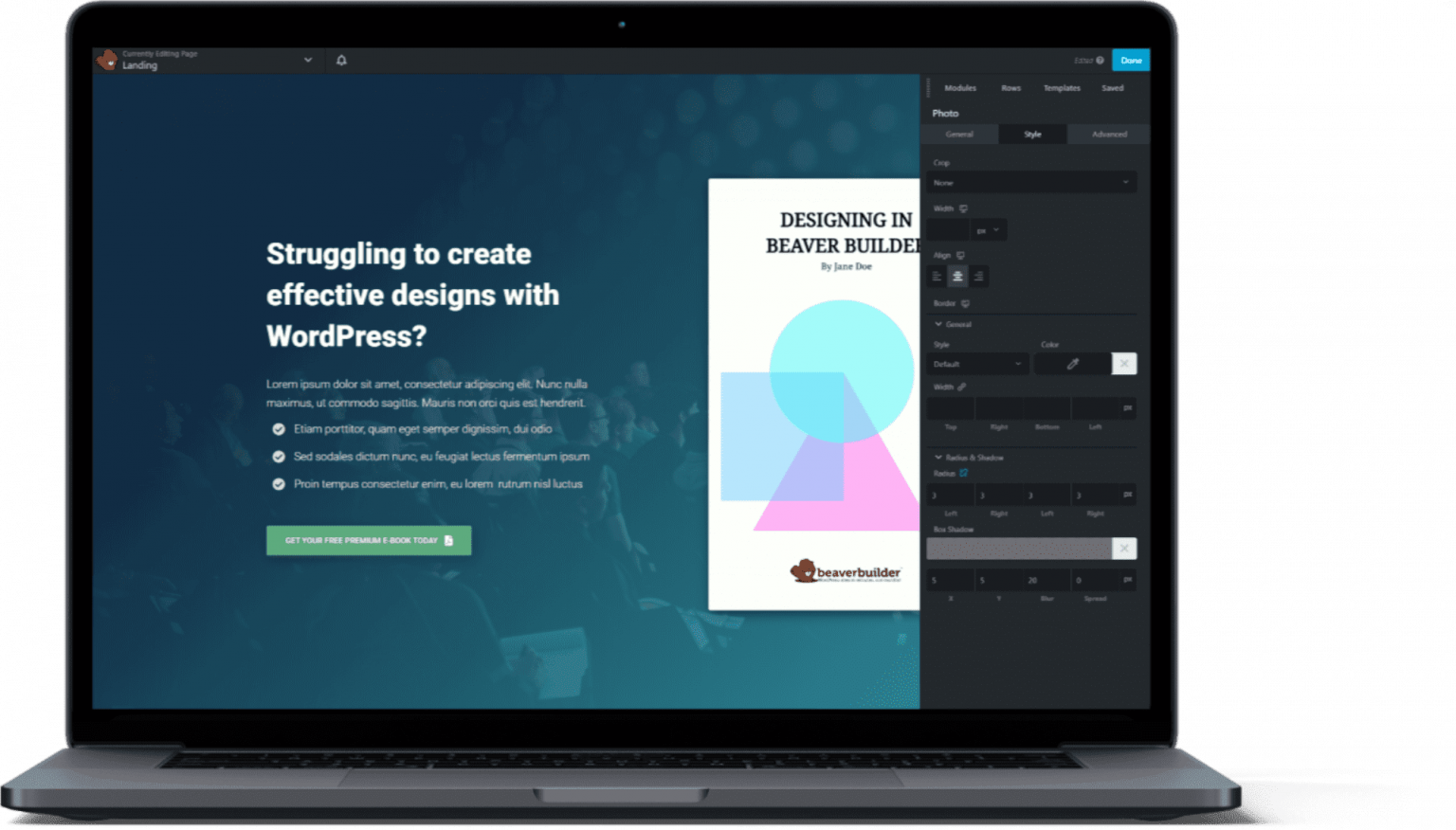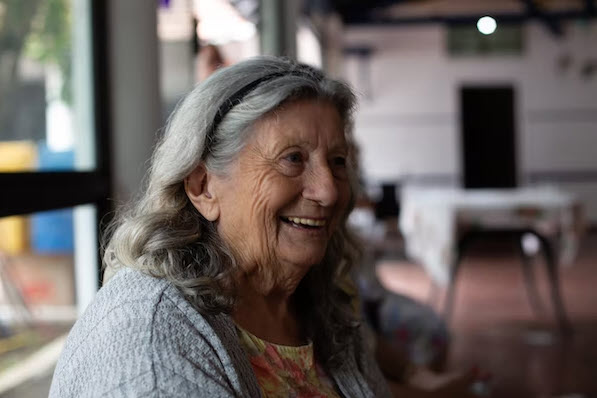Lorem ipsum dolor sit amet, consectetur adipiscing elit. Nunc nulla maximus, ut commodo sagittis. → Get the offer
Fragility Fracture Registry (FFR)
The ANZ FFR is a registry that is run in parallel in Australia and New Zealand. Each country has it's own instance of the registry so that data sovereignty is maintained while allowing the benefit of a joint approach to development and reporting.
Governance
Each country is represented at the ANZFFR Management Committee with sub committees existing at the national level.


ANZFFR Management Committee
The ANZ Fragility Fracture Registry has a trans-Tasman steering committee which meets monthly to ensure the projects in Australia and New Zealand stay aligned.
Sub Committees
Each country has it's own sub committees. These include
- Steering Committee - Meeting weekly, this group oversees the day-to-day registry activity including recruitment, development and reporting.
- Fund Raising - In Australia, this committee is responsible for sourcing funds for the ongoing work of the Australian Fragility Fracture Foundation.
- Data Management Committee - responsible for modifying the data
- Research Committee - Reviewing and recommending action on data requests from researchers.

Options for getting involved
Our mailing list gives you information on the National State-Of-Play as well as information on upcoming events and opportunities to connect.
Follow us on Twitter, LinkedIn or Facebook for articles, posts and event information on Fragility Fracture Prevention both Nationally and Internationally.
If you have a Secondary Fracture Prevention Unit or are looking to set one up, register your interest in participating in the National Registry and get access to all of our resources to help you.
We are always on the look out for passionate volunteers to help steer the direction of the foundation. Most of the committees meet once a month for an hour online.
Fragility Fractures in the older population are significant and growing.
Australia has an ageing population where falls and fragility fractures sustained by people over 50 represent a key contributor to increasing demand on the health system.

